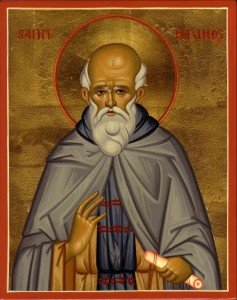I truly realize that this is truly a “heady” article. It is this for three reasons: (1) the subject matter is truly complex and, in some ways, very academic mixed with spirituality; (2) the Fathers were highly educated men who mixed theology, philosophy and spirituality; and (3) the topic is a mystery and it is important that my readers have a sense of the struggle that our Church has gone through in order to come up with the truths in which we believe.
The central message of the Alexandrian theology of Athanasius and Cyril had been that the salvation of the world is not being accomplished by any created mediation, but by the Son of God, who makes himself accessible to human beings, sharing his own life with them by assuming humanity in his personal existence as a human being. In this perspective, however, theological consistency and spiritual experience require that Christ be fully human, for, indeed, to use the celebrated phrase of Gregory of Nazianzus, “what is not assumed is not healed, and what is united to God is saved.” Salvation understood as communion with God, or deification, implies that the fullness of humanity – not a part of it – be the object of God’s love, and Maximus described that fullness as including specifically the “movement” or dynamism of created humanity: human will, human freedom and human creativity. All these were assumed by the person of the incarnated Logos and became part, through his death and resurrection, of his eschatological new creation.
The last and, perhaps, the most decisive episode in the debates concerning the identity of Christ came with the so-called iconoclastic crises in the Byzantine world (715-843). Quoting Old Testament prohibitions against graven images and idolatry, the iconoclasts objected to images of Christ: since he was God, his image was also, necessarily, an image of God and, necessarily, an image of God and, therefore, an idol. Against this position theologians John of Damascus, Theodore of Studios, Patriarch Nicephoros,, affirmed the reality of Christ’s humanity, which was historical and therefore truly “representable” and seen with human eyes. However, since Christ’s personal identity is that of the Son of God, an image of Christ is an image of God, who makes himself visible as man.
Christ’s humanity allows us to image Him and, therefore, image God.

